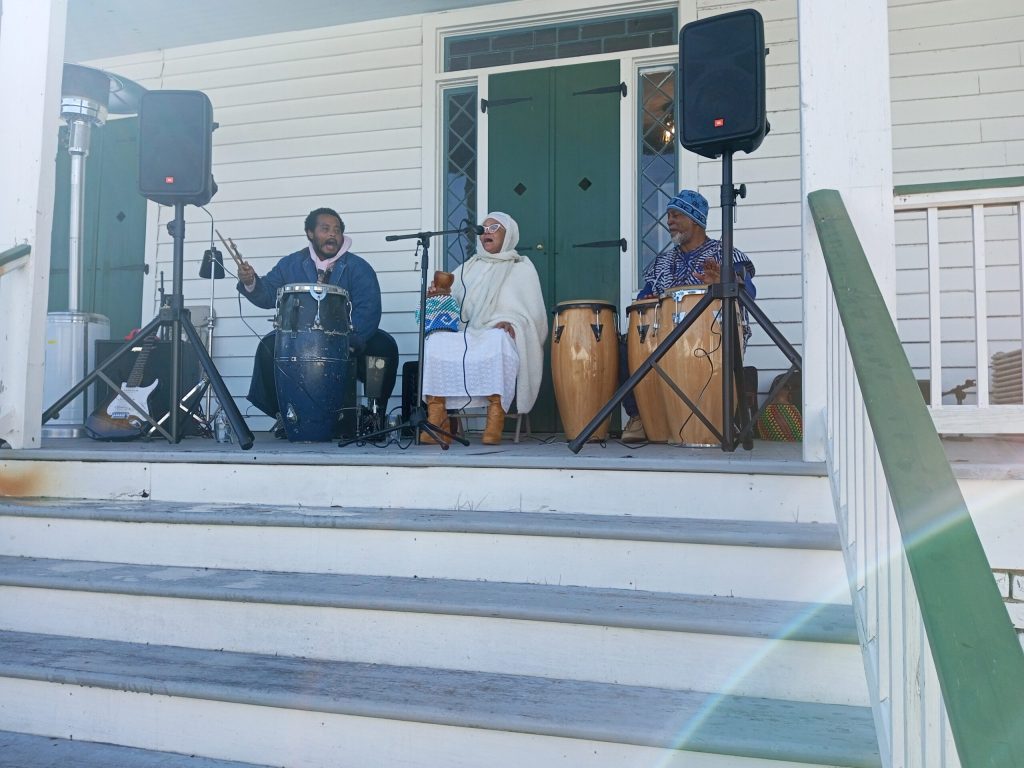Black-Owned Plantation exhibition tell story of 1811 slave revolt in new ways
Published 4:04 pm Sunday, January 12, 2025

- A musical performance by Sister Sula and the Maroon at the event.
To commemorate the 1811 German Coast slave revolt, the largest slave rebellion in U.S. history, dozens of African Americans gathered at Woodland Plantation in Laplace on Saturday to preview an exhibit of this overlooked chapter in American history.
The exhibition marks the 214th anniversary of the rebellion and is the first public gathering since The Descendants Project, a non-profit group, acquired Woodland Plantation.
Jo and Joy Banner, the co-founders of The Descendants Project, explained their future intentions regarding the historic building and the connections between slavery and environmental justice.
“We’re excited to be able to utilize this space to honor the people who lived here and also the people who were part of the revolt that liberated 500 people today,” Jo said. “We are working with a committee right now that has descendants of the revolt member of the community within the next two years, all of their input will drive how this plantation will ensure history is represented and preserved.”
The event’s artifacts include costumes from a reenactment of the rebellion six years ago, a horse saddle, tools, and pottery. The exhibit’s items tell a unique story of emancipation but convey a way to spark conversations about an unsettled past.
While the original German Coast Uprising failed. Most of the slaves involved in the revolt were killed. Some were put on trial first and executed; they were beheaded, and their heads were then placed on display to intimidate others from pursuing future uprisings.
The exhibit highlighted the roles of maroons—self-emancipated former slaves—and women in resistance.
The event featured a commemoration ceremony, educational materials on the 1811 revolt, a multifaith blessing ceremony, a community lunch, and a walkthrough of the house where the uprising started.
Jo said that despite the many unknowns behind the uprising, her organization wants to tell the central story of enslaved people by providing an honest narrative with an accurate historical account in a region that continues to grapple with the legacy of slavery.
“We often have museums or tourism spaces that try to show this image of plantation life at Woodland, removing the brutality of it, which is a narrative where the people’s input is not considered. We must own that narrative by providing an honest account of events.”





